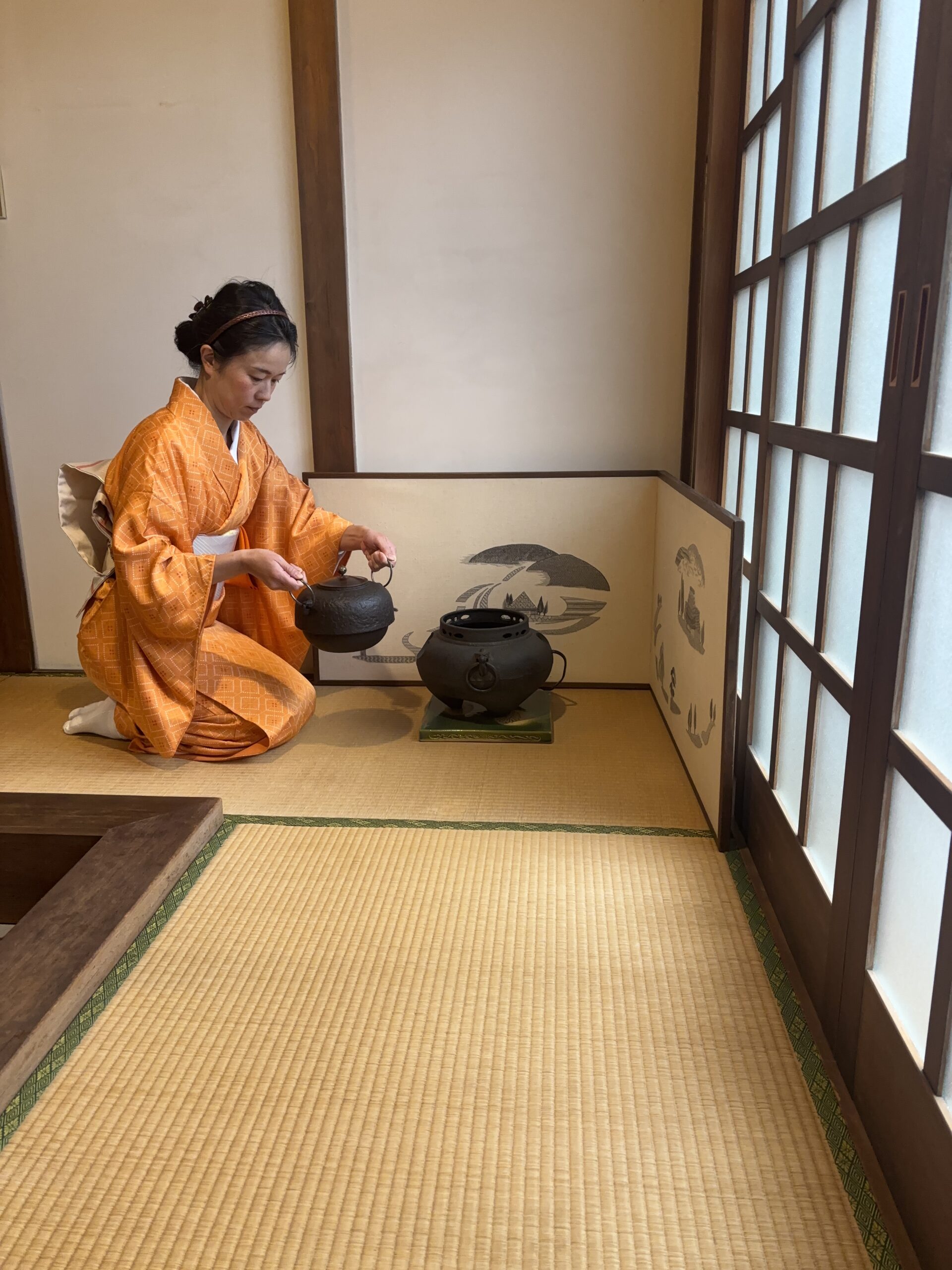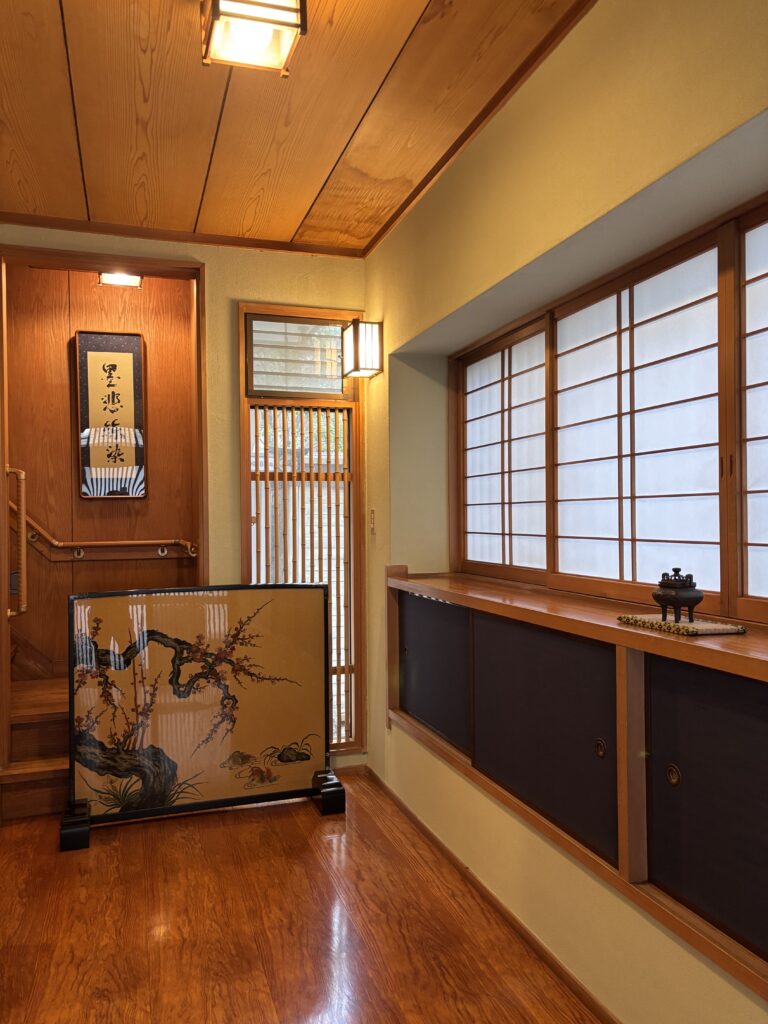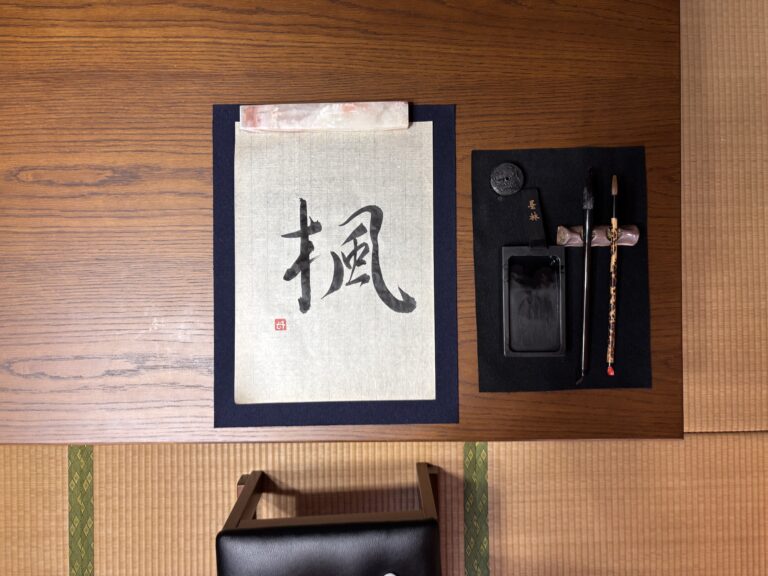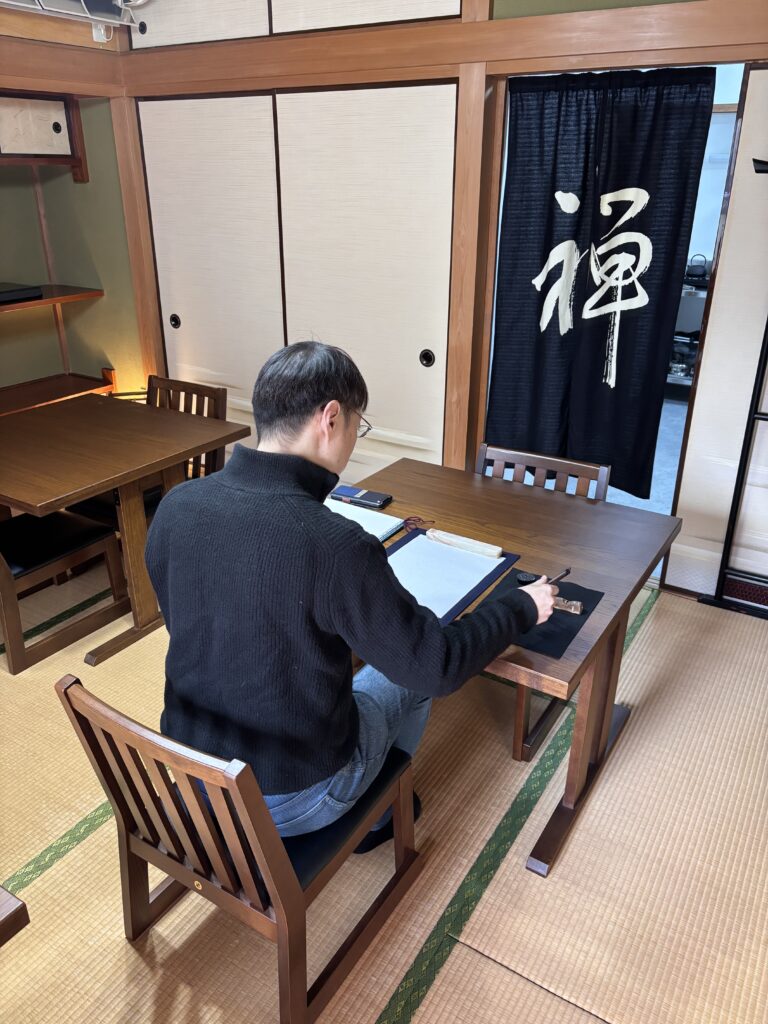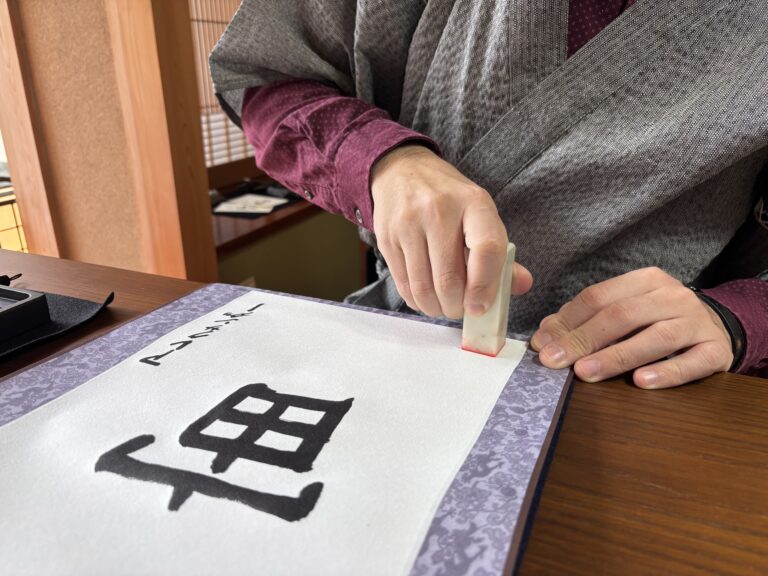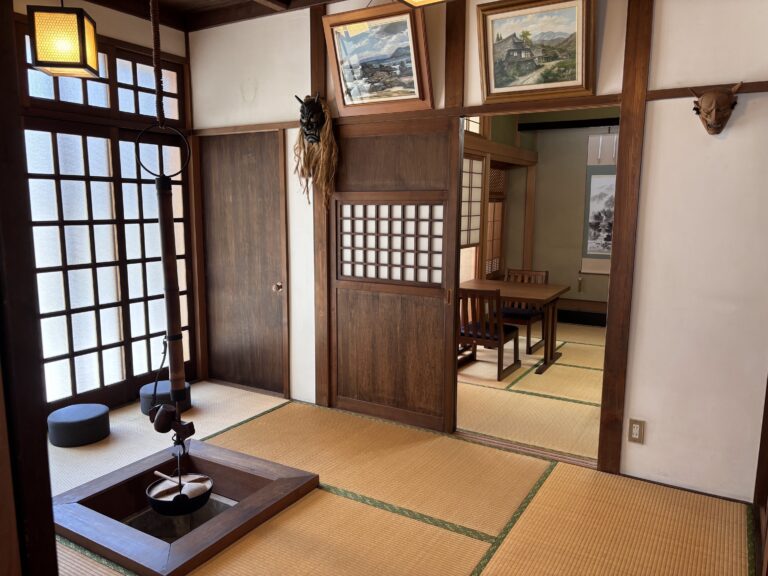Questions about Sado, the Tea Ceremony: What’s That Pot-like Thing?
The pot-like thing you see on tatami called a kama—a cast-iron kettle used to boil water. It’s made entirely of iron and has two small holes on the sides for rings (kan) used to lift or carry it. Because the whole kettle becomes hot when heated, these rings are essential for handling it safely.
Since the kama is made of iron, touching it with bare hands can leave fingerprints that eventually turn into rust. My teacher always warned us about this, so those who practice tea ceremony never touch the kama directly. When washing the bottom of the kama, we use clothes to turn it over.
At the beginning of every tea practice, after cleaning the tea room, the first thing we do is boil water. Without properly heated water, delicious tea cannot be served.
The kama I use during the tea ceremony was given to me more than ten years ago by a senior tea practitioner as a farewell gift when we moved to Nagoya for my husband’s work. When I tried boiling water with it there, the water tasted metallic—like rust. It hadn’t been used for a long time, and the condition was beyond what I could fix myself, so I sought professional restoration.
Luckily, even though Nagoya was new to me, I soon found a tea utensil shop that offered repairing service. It was located just north of the Tokugawa Art Museum. If the name “Tokugawa” sounds familiar, you might be a real Japan enthusiast—the Tokugawa family ruled Japan during the Edo period, the final era of the samurai before Westernization. The Tokugawa Art Museum preserves and exhibits the treasures of the Tokugawa family, including tea utensils once owned and used by renowned historical figures such as Oda Nobunaga, Toyotomi Hideyoshi, and Tokugawa Ieyasu. I visited the museum twice while living in Nagoya.
Speaking of the museum, I just learned that starting this weekend, it will exhibit the Illustrated Scrolls of The Tale of Genji, a National Treasure of Japan! These 12th-century picture scrolls are the oldest surviving visual depiction of The Tale of Genji, one of Japan’s most celebrated works of literature.
But let me return from this grand story to our small tearoom.
Our kama may look modest, but it holds over two liters of water. When it boils, it begins to sing softly, filling the room with a gentle warmth and humidity. Unlike the sticky summer air, Tokyo’s winter is cold and very dry—the steam brings a comforting sense of life to the space.
In winter, the tea bowl cools quickly, so during o-temae, the host takes time to warm it carefully before whisking the matcha swiftly. “Please enjoy it while it’s still hot.”
At our tearoom, guests can experience the tea ceremony in a warm, lived-in traditional Japanese house.
If you visit Tokyo, we warmly invite you to make a reservation and join us for a bowl of matcha.

